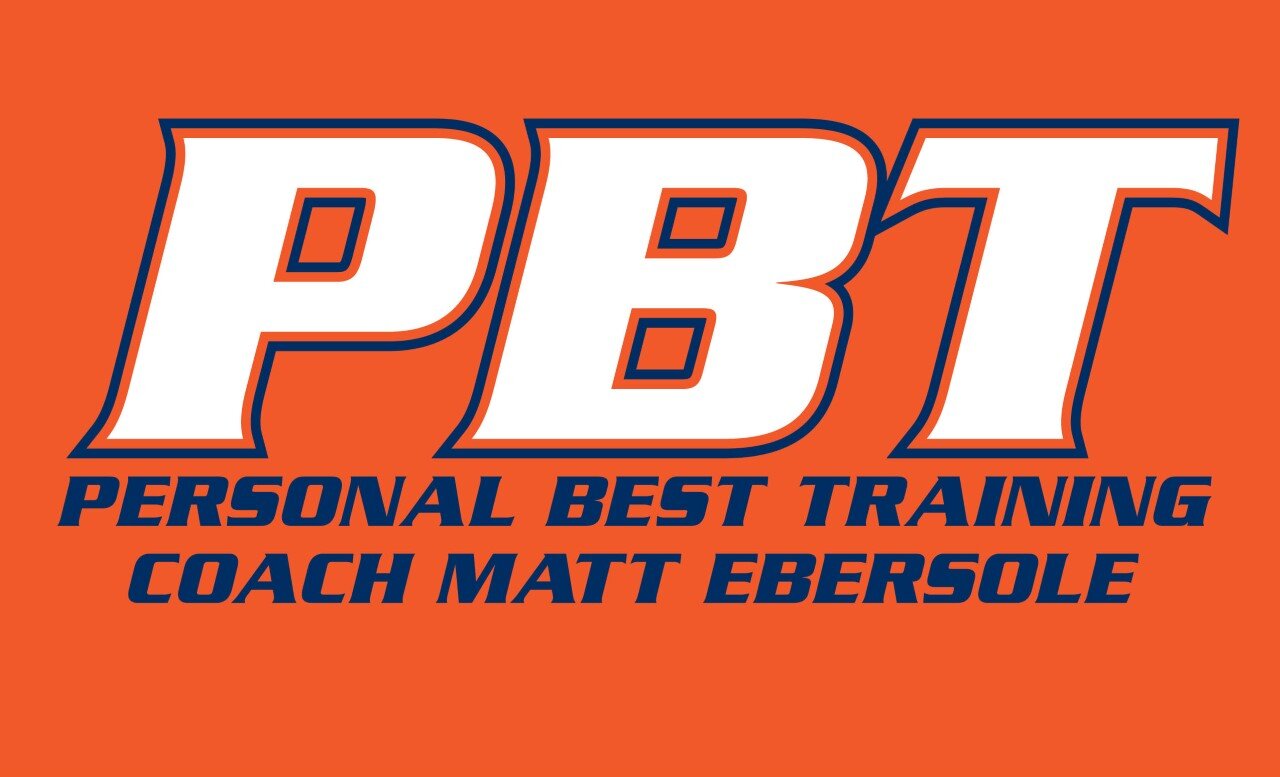How much training do I need to reach my potential is one of the most fundamental questions that come to the mind of anyone struck with the inspiration to be their best. Your optimal training level is where your maximum training load intersects with how much training your body can actually absorb. How close, how consistently, and how long you can train at this level is the biggest controllable factor in your distance running success.
If we think of this intersection as the ideal training level as a line, anything below is undertraining and anything over is, you guessed it, overtraining. The tricky thing about it is that it is hard to know exactly where that optimal training line lies. It is a moving target and one that needs to be constantly monitored. There is a complicated list of factors that contribute to how well we adapt to stress. Non-running, real life stress leads that list.
Let’s look first below the ideal line in the area of undertraining. Many will fall into undertraining because of the other demands on time and energy keeping them from running as much as they would like. Or this is simply where they enjoy running the most and have no need for more. We know the closer we move towards the perfect training level, the point of diminishing returns sets in so the additional benefits are reduced while the time and energy demands are increased. Most often, being a little undertrained results in better racing than overtraining. For this reason aiming a little low of perfect is better than aiming a little too high. And given the A+ personality types that concern themselves with such things as maximum performance, aiming low most often just limits the amount of overtraining.
On the other side of ideal is overtraining and running from which we are no longer benefiting and more than our bodies are able to handle. The more driven, with enough time on their hands, will often end up here. There is an amount of overtraining that you can handle. You are not thriving, but not breaking down either. This is where the 3 point shot comes into play. We know the worst shot on the basketball floor is just inside the 3 point line. It is still a difficult shot but counts for 1 point less than an inch further back. Training above the perfect line is increasing risk for no additional reward. I will grant that a mental toughness factor can come into play and be beneficial but we need to be careful doing things for our heads that may hurt our bodies. The real danger lies past this gray area of overtraining where the impending doom of burnout and injury reside.
If you talk to a cross section of my runners you might get conflicting reports on how hard I think they should train. This is the tug of war competition between coach and runner. If I have a runner camping clearly below the ideal line while telling me they want to be their best they will tell you I am always challenging and pushing them to do more. Others that like to live in the rare and dangerous air above the idea line may feel I am always trying to pull them down to run slower on recovery days and dial back their racing instincts during workouts.
How do we know where that ideal line is for you? Two of the best measures of how close you are to ideal are recovery and race results. If you feel fresh on your easy runs and can’t keep the pace under control it’s time to increase training stress. If you feel progress has slowed and you are working harder with less to show for it, you may be in the gray area of too much. If you feel you cannot get recovered and it is rare to feel fresh for a workout or race and you feel you are hanging on by an ever fraying thin thread keeping you from injury, you are on the express to breakdown. If race day expectations are not being met you need to determine if is it because you are wishing for times without evidence they are realistic or are you leaving your best races in training. If your workouts are better than your races it may be time to do a little less in training.

